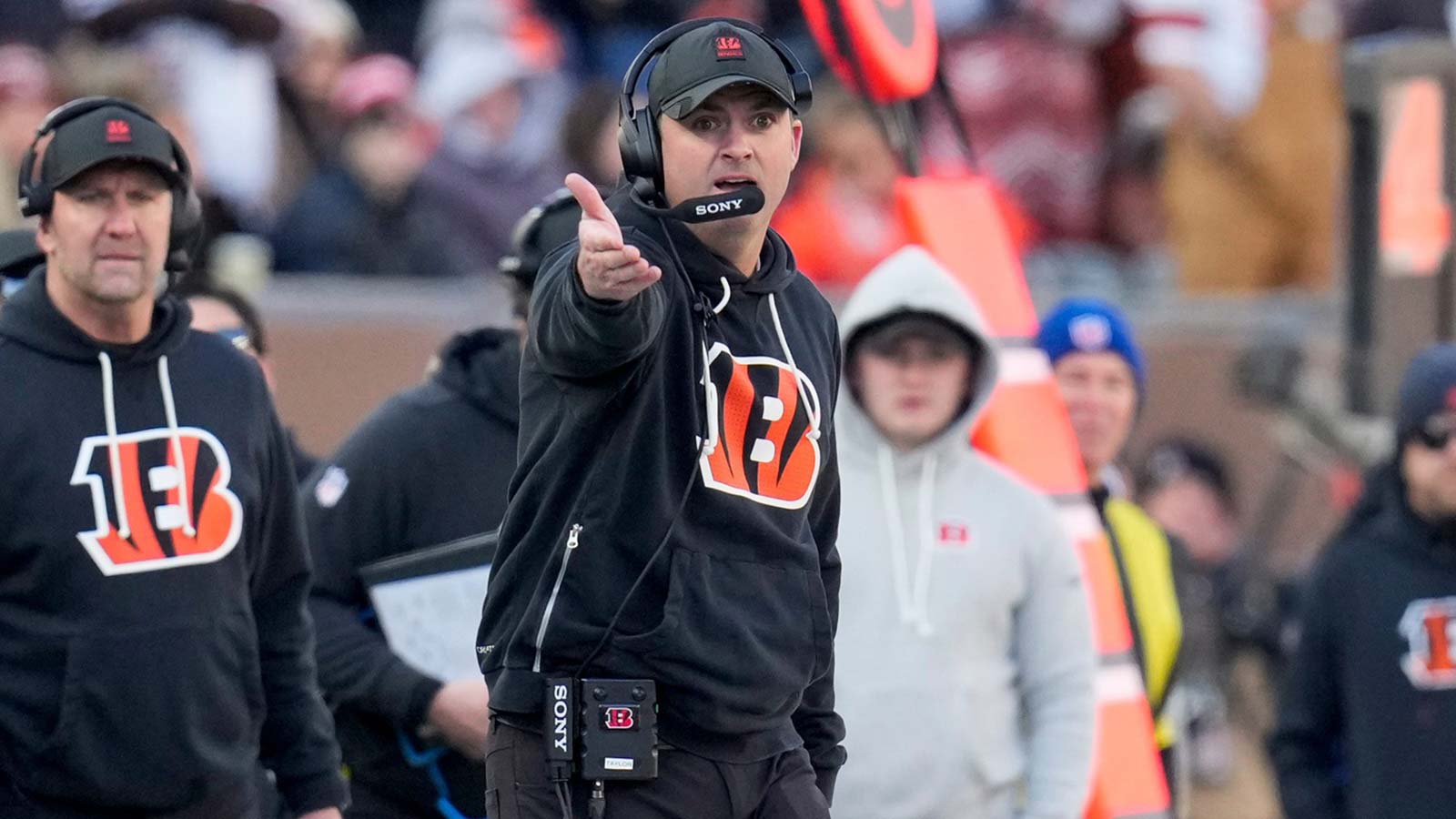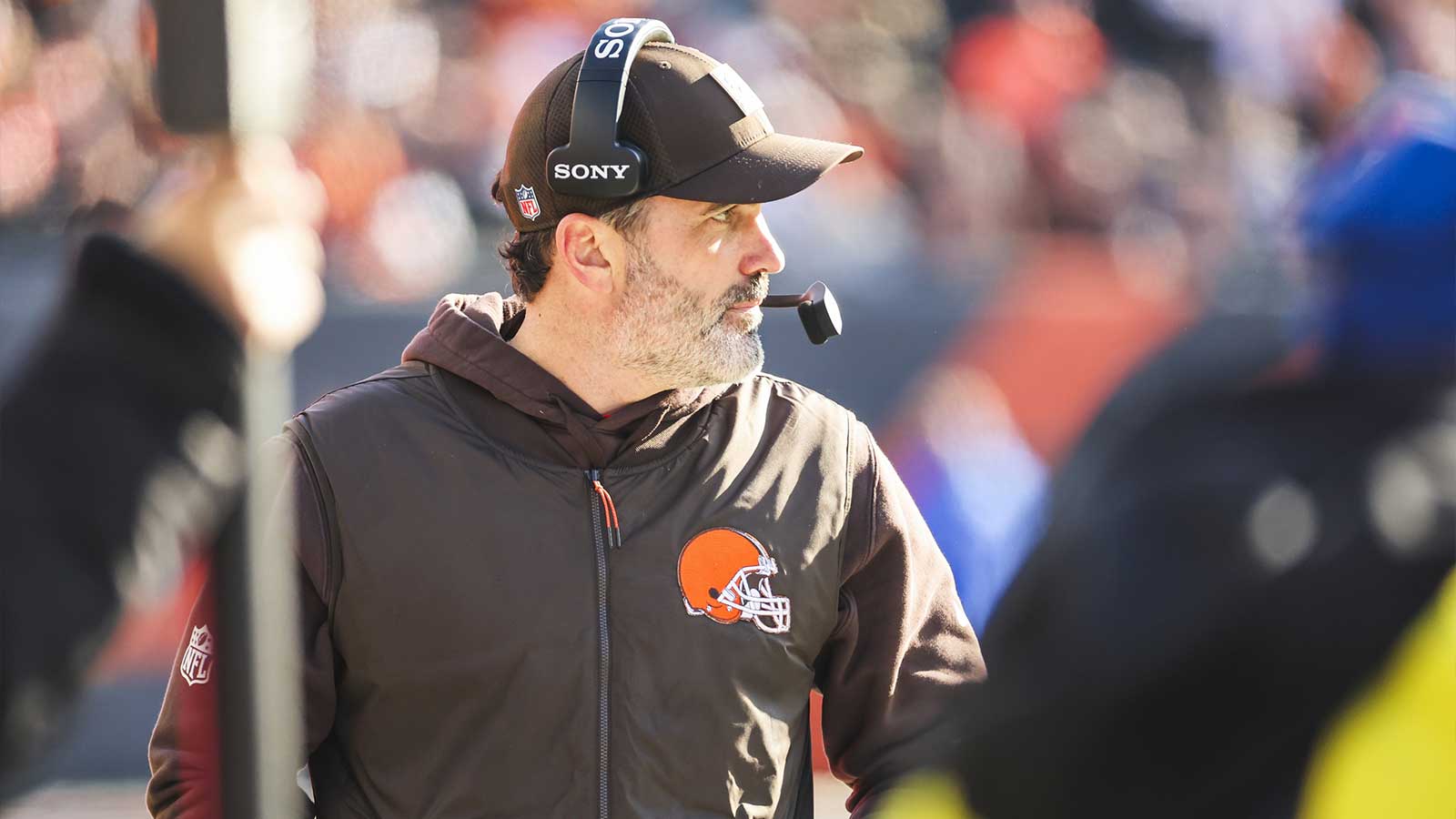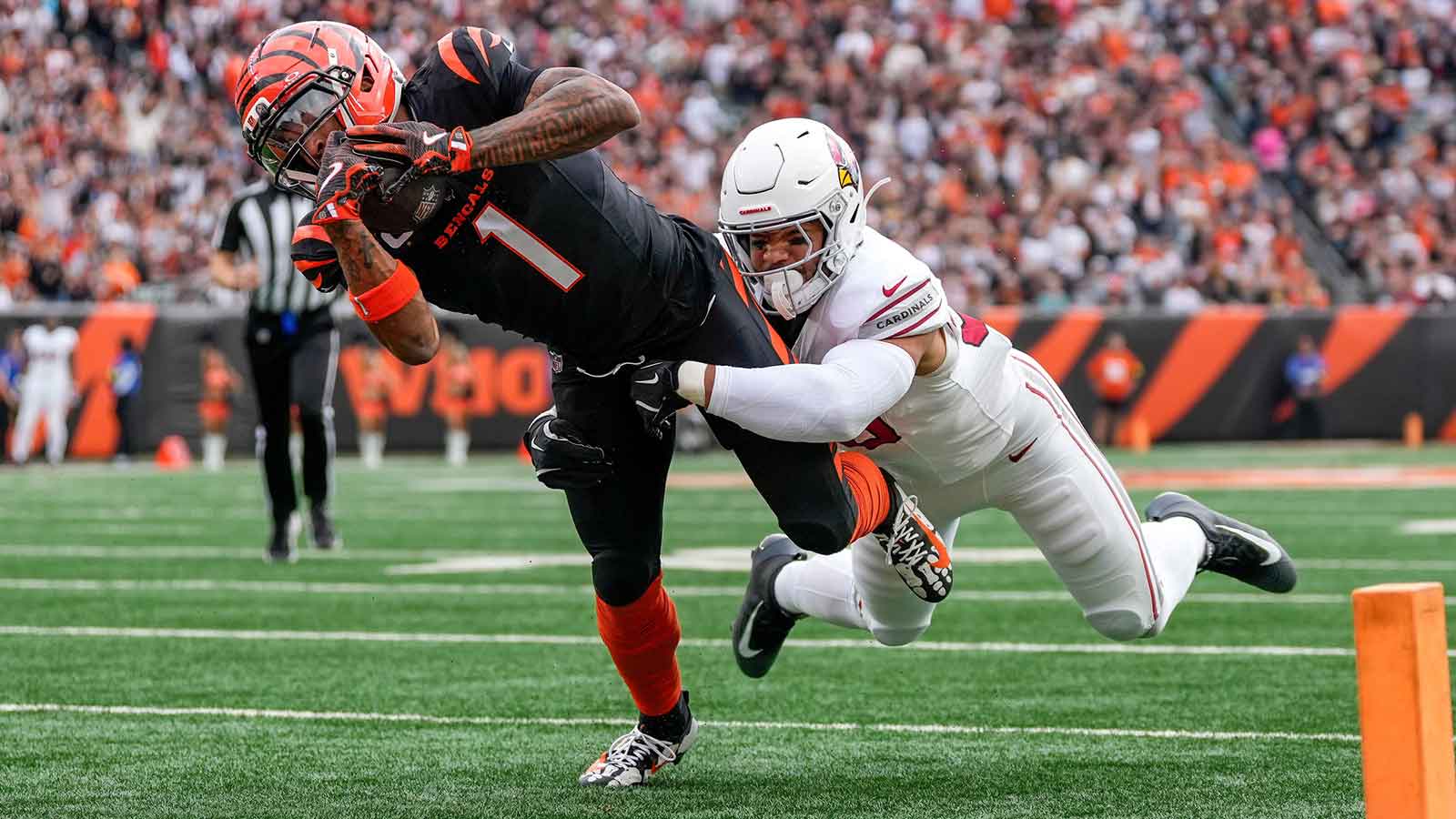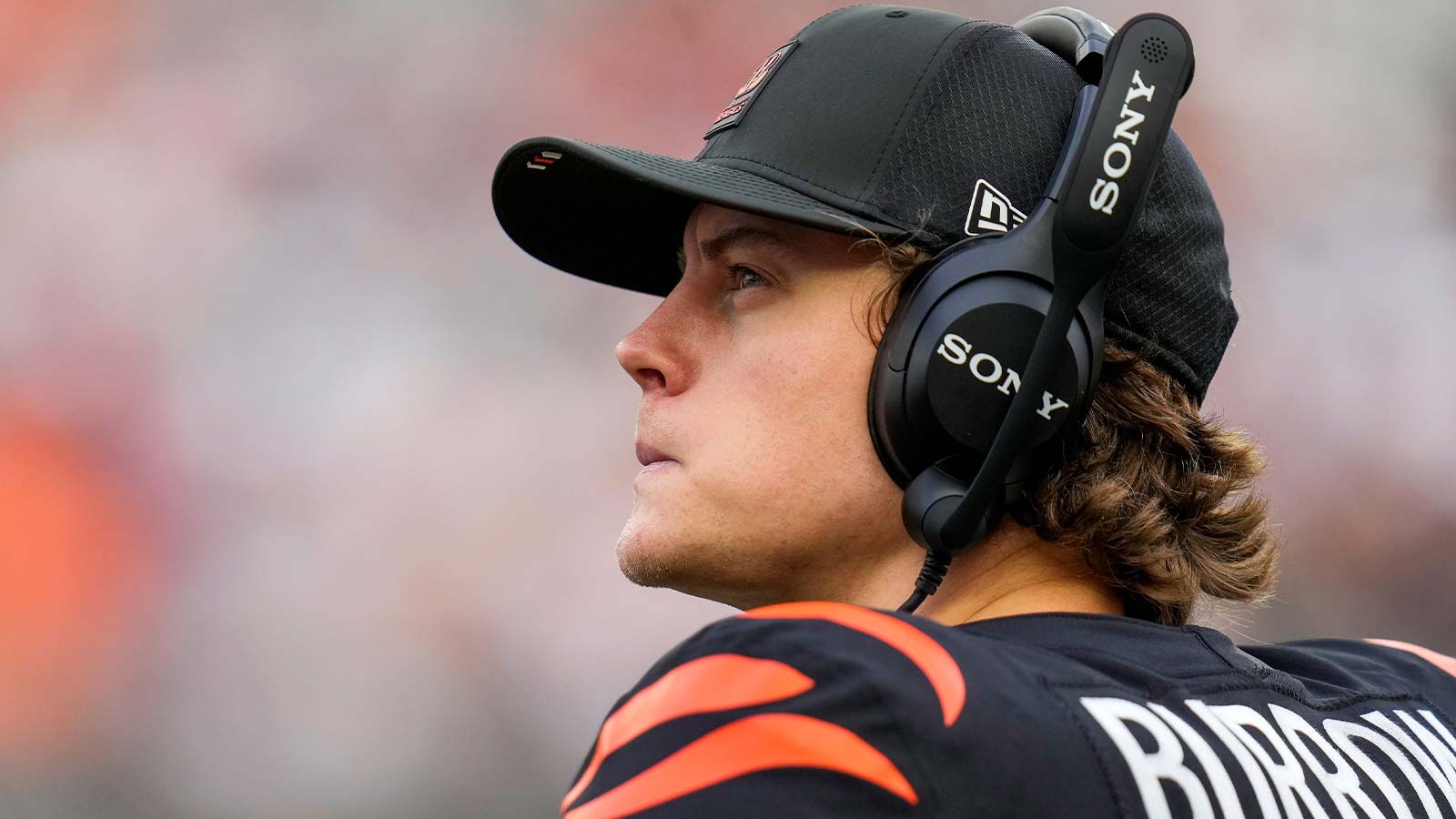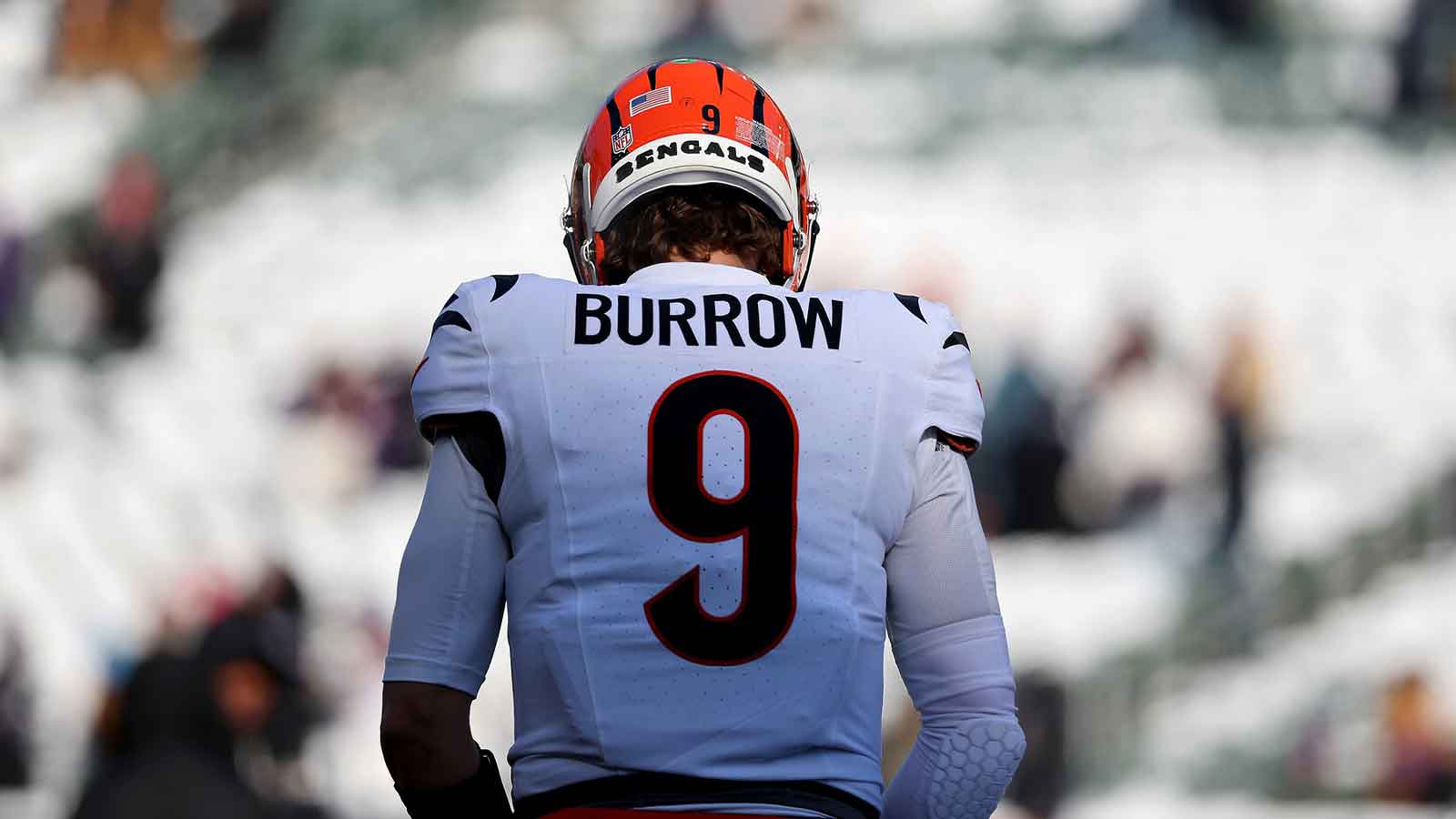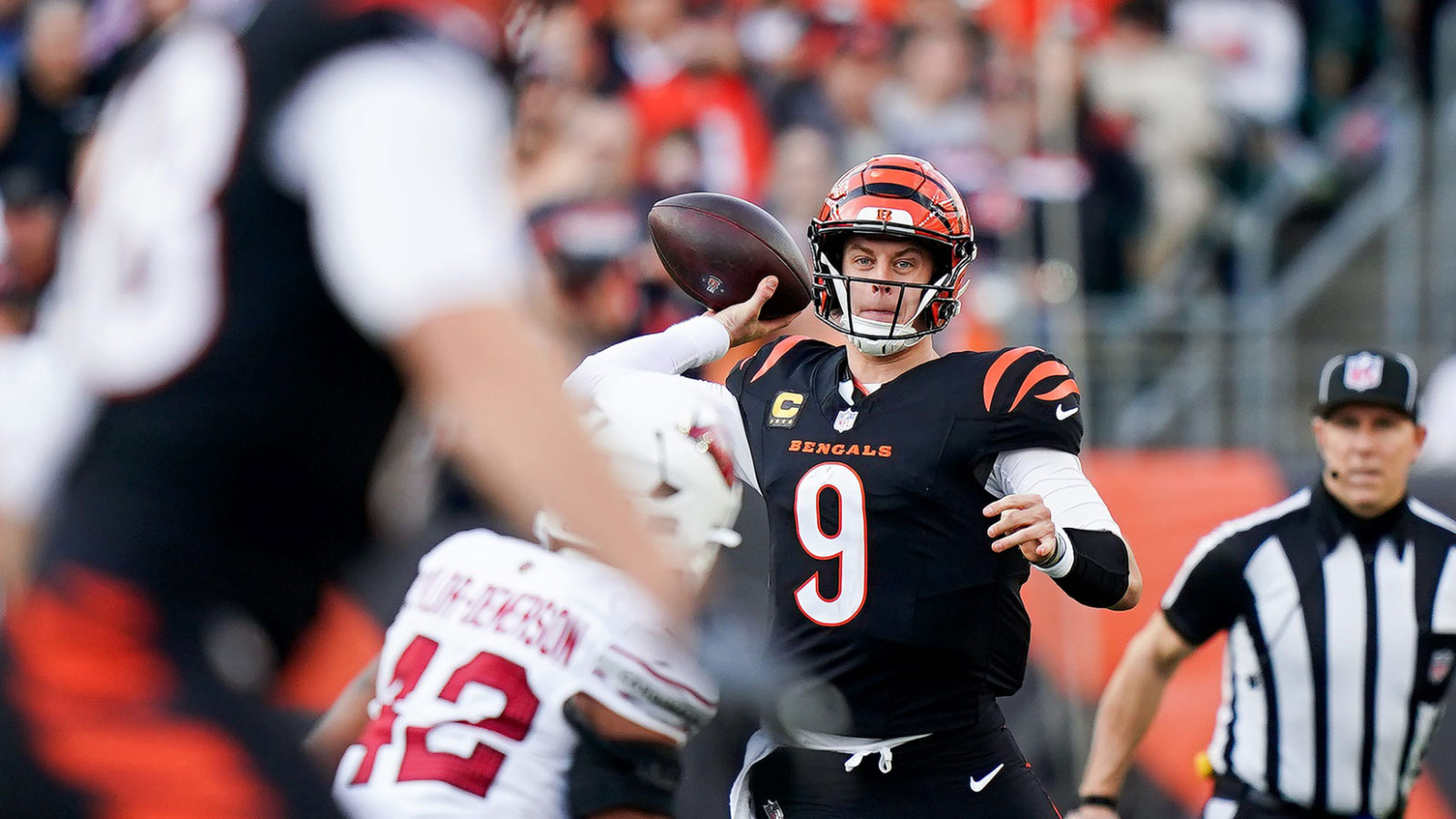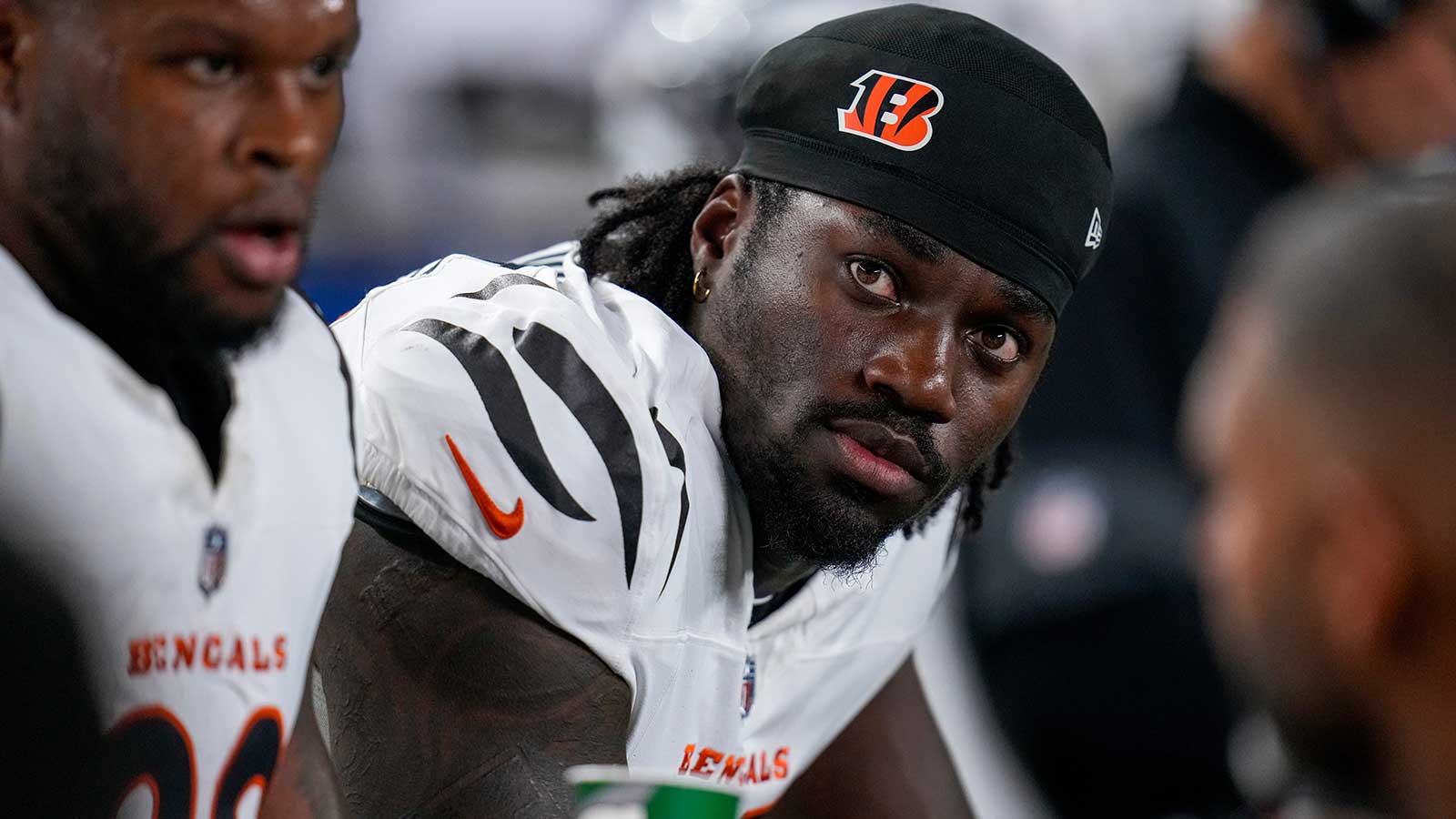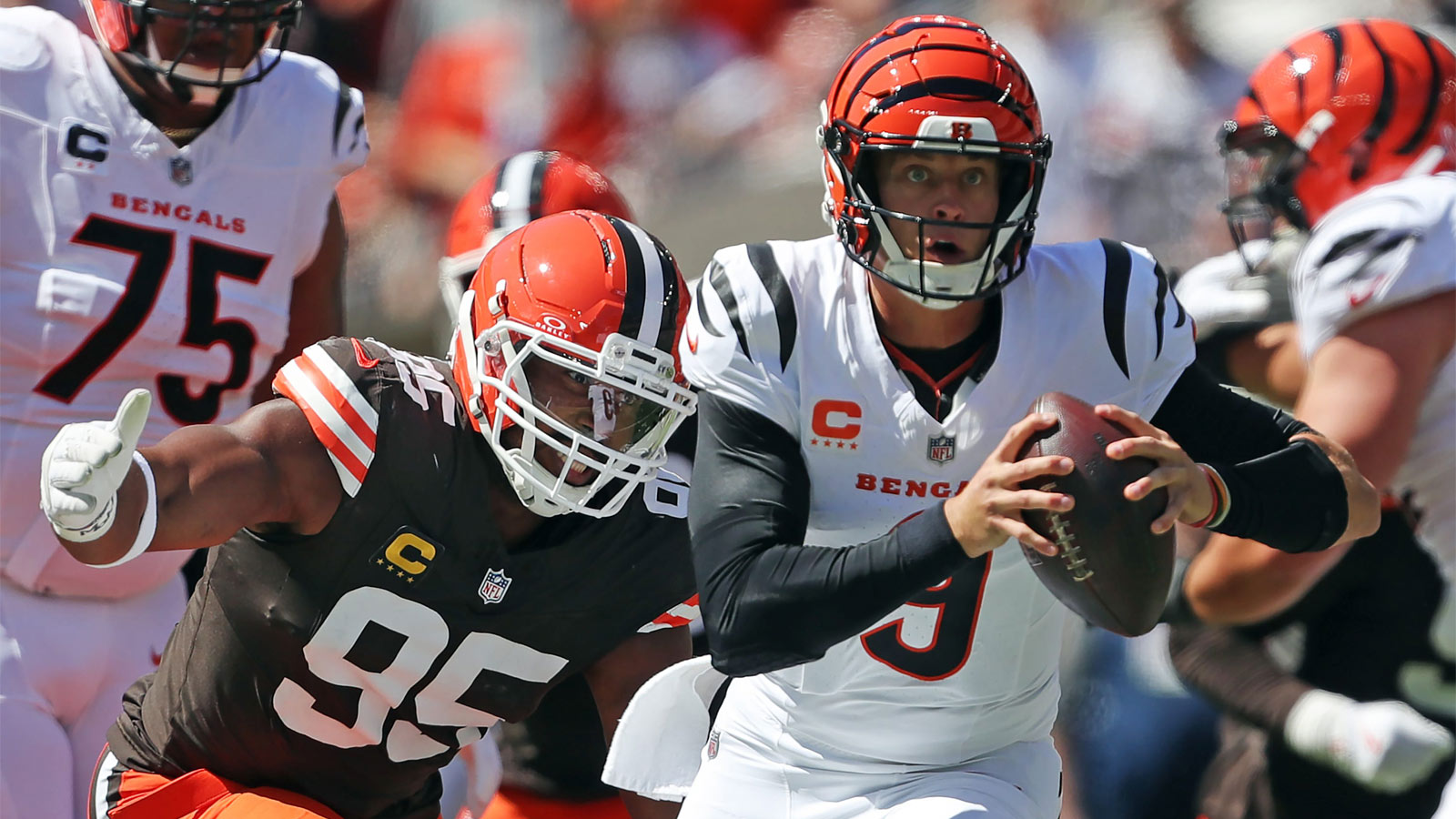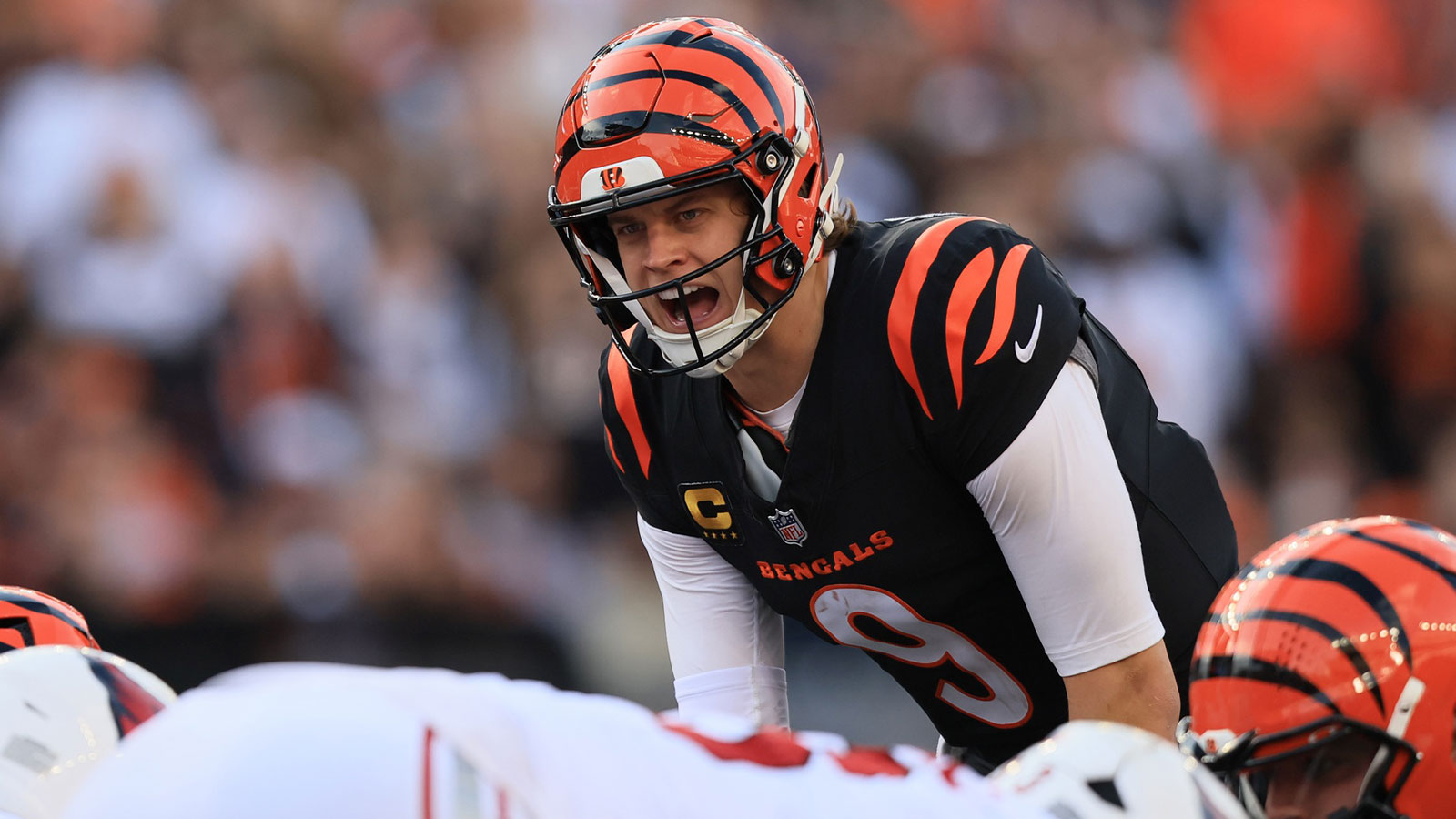It has not been easy rooting for the Cincinnati Bengals. With a seven-game winless playoff streak stretching back to 2005, the Bengals can count their number of postseason victories on one hand.
In their 50-plus-year history as a franchise, the Bengals have appeared in two Super Bowl title games—Super Bowls XVI (1981-82) and XXIII (1988-89). Both matchups Cincinnati faced the dynasty San Francisco 49ers, losing twice in the big game.
The best team in franchise history, however, has to be the 1988 Bengals, who went 12-4 in the regular season before succumbing to an all-time comeback by Joe Montana and the 49ers.
Sam Wyche coached the Bengals at the time and was in his fifth year stewarding the franchise. Wyche was an assistant coach, coincidentally, for the 49ers when the Bay Area team defeated Cincinnati in 1981-82. Leading up to the 1988 season, Wyche's Bengals were .500 or better only twice in four years, and they never clinched a postseason berth.
One key difference in 1988, though, would be the ascent of fifth-year quarterback Boomer Esiason. That season would be a breakout year for Esiason, a former second-round selection in the draft, who went on to his first Pro-Bowl selection along with winning the NFL MVP award. Esiason started every game for the Bengals and threw for over 3,500 yards with a 57.5 completion percentage, connecting on 28 touchdowns and 14 interceptions.
Along with Esiason, there were several Pro-Bowlers on the offense, including running back James Brooks, wide receiver Eddie Brown, and tight end Rodney Holman. That's not to mention fullback Ickey Woods leading the team in rushing, with over 1,000 yards, and tallying 15 touchdowns.
On defense, the Bengals were led by Pro-Bowlers safety David Fulcher, nose tackle Tim Krumrie, and cornerback Eric Thomas. Additionally, defensive linemen Jim Skow, Jason Buck, and David Grant combined for 20.5 sacks.
In what would be an NFL-best record in 1988, the Bengals started the season rattling off six consecutive victories. All but two were decided by a touchdown margin or less, so the Bengals weren't necessarily blowing every other team out of the water, but they were definitely clutch. Cincinnati later suffered their first loss of the season at the hands of the New England Patriots, as the offense stalled in the first half, and a Brown touchdown reception via Esiason in the fourth quarter wasn't enough to cut into the AFC East team's lead.
The Bengals then alternated between winning and losing games for a five-week stretch, including dropping contests against AFC Central division rival Houston Oilers and Cleveland Browns. Nevertheless, the Bengals headed into the 1988-89 NFL postseason off the back of a gratifying overtime victory over last year's champs Washington Redskins in Week 16.
In the playoffs, Cincinnati started with a first-round bye due to their status as the No. 1 seed in the AFC postseason picture. In the divisional round, the Bengals handily defeated the Seattle Seahawks despite a 13-point fourth-quarter comeback bid by the now-NFC squad. In the conference title game, the Bengals took down the Buffalo Bills, only giving up 10 points in the second period.
Then it came down to a rematch with the 49ers in Super Bowl XXIII, where the Bengals had the opportunity to rectify a comeback that came up short seven years prior against San Francisco. This time around, it was the 49ers who succeeded on a comeback (they were also favored heading into the big game despite Cincinnati's better overall record).
One of the lowest first-half scores ever, the Bengals broke the even scoreboard with a 93-yard kickoff return from Stanford Jennings after the two sides reciprocated pairs of field goals. In the fourth quarter, Jerry Rice, the eventual Hall of Fame receiver and that Super Bowl's MVP honoree, rallied the 49ers with a game-tying 14-yard touchdown reception from Montana. Bengals kicker Jim Beech later broke the tie to give Cincinnati a three-point late-game advantage with a 40-yarder.
However, “Joe Cool” marched the Niners up the field for an impeccable 92-yard drive, with John Taylor catching what would be the go-ahead touchdown grab from Montana.
That, for better or worse, was the best season in Bengals franchise history. It ended in a loss, but the team was operating at all cylinders throughout the 50-year history of the Ohio football organization. The next year, the Bengals were the bottom of their division for the second time in three years, after which they won the AFC Central but were defeated in the divisional round of the postseason. Since then, the Bengals have not been able to escape the wild card round.








